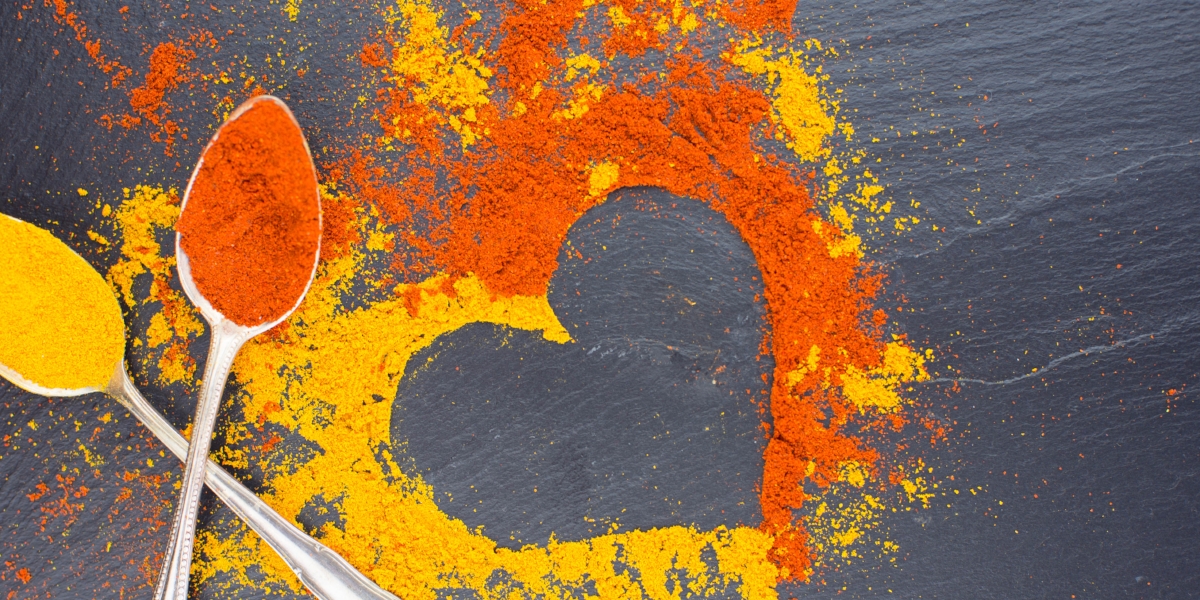At Brad Kilgore’s recently opened Miami restaurant, Ember, lasagna is roasted over an open flame, cornbread is chargrilled with bone marrow butter, and angel food cake is grilled and served with blistered strawberry compote. Ask the 2016 F&W Best New Chef what he thinks about wood-fired cooking, and he’ll tell you it’s having a major moment. Here are his four easy tips for chargrilling at home:
Always use real wood (plus spices, pine cones, and branches)
“You can use charcoal or a wood grill, but if you have access to real wood, it makes a world of a difference in the final product. Natural wood or hardwood charcoal are great options, and I suggest complementing them with other flavors, such as whole spices in the wintertime (star anise, cinnamon sticks, clove). I also like to use pine cones and branches –– the aroma and flavor is amazing. Pro tip: Add your spices or pine cones onto the grill toward the end of the cooking process.”
Cook gently, then finish with a quick char
“Most items are cooked best very gently and then finished with a bit of char from a high temperature fire, which can be done easily with a sous vide. Since sous vide is a gentle poach, you don’t achieve any color –– but you can cook your protein or vegetable in a flavorful broth or infused oil, and then kiss it on a very hot grill or even char it with a blow torch. This will allow your food to be perfectly cooked but carry the depth of flavor from the open flame.”

Bark, low and slow
“What is referred to as 'bark' is the thick smoky layer of burnt meat and spices on the outside of the barbecue, which is achieved from a long, low, and slow cooking method of direct heat. On its own, it can be bitter but balanced with tender meat and produce like brisket, chicken, carrots, and celery root. I suggest a thick layer of your favorite spice rub, and once the interior is perfectly cooked, you can even re-season the food with the same spices to brighten them up or brush them with a sweet- or vinegar-based glaze.”
Balance out the bitter
“Since charring food brings out bitter notes, which can be overwhelming on their own, you need to balance it out. Some of the best combinations of this are with desserts. You normally don’t think of the grill for preparing desserts, but fruits like peaches, apricots, plums, apples, and mangos can hold up to it. It’s best to grill them on high heat with a touch of oil and salt (no sugar as it will burn too fast), and then toss them in agave nectar or raw sugar with some lemon juice and olive oil in a bowl. Add plastic wrap the top of the bowl to help steam and infuse. Once this has infused, serve with yogurt or burrata cheese, fresh herbs, and maybe even some local honey. Pro tip: sprinkle some medium-spice chili flakes and sea salt at the end.”
This article was written by Clarissa Buch from Food & Wine and was legally licensed through the NewsCred publisher network. Please direct all licensing questions to legal@newscred.com.








